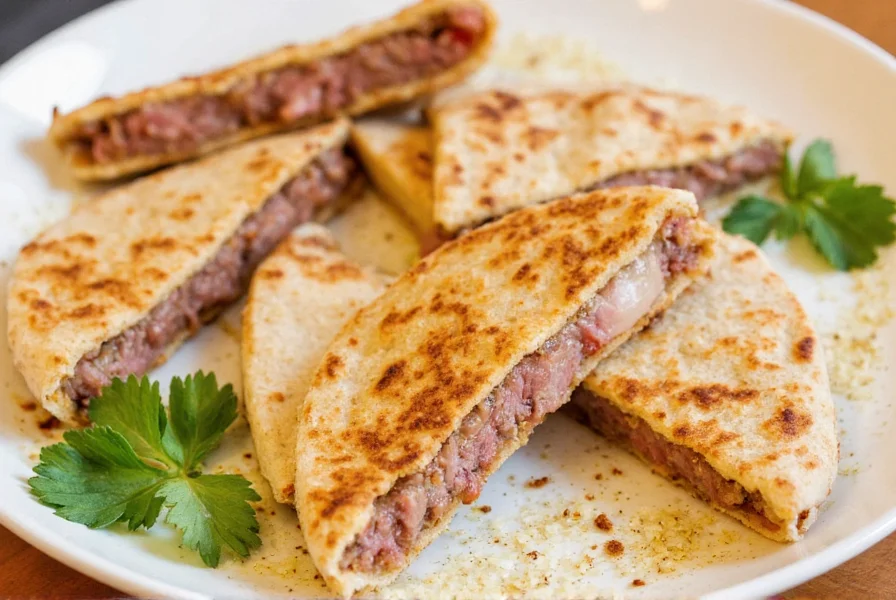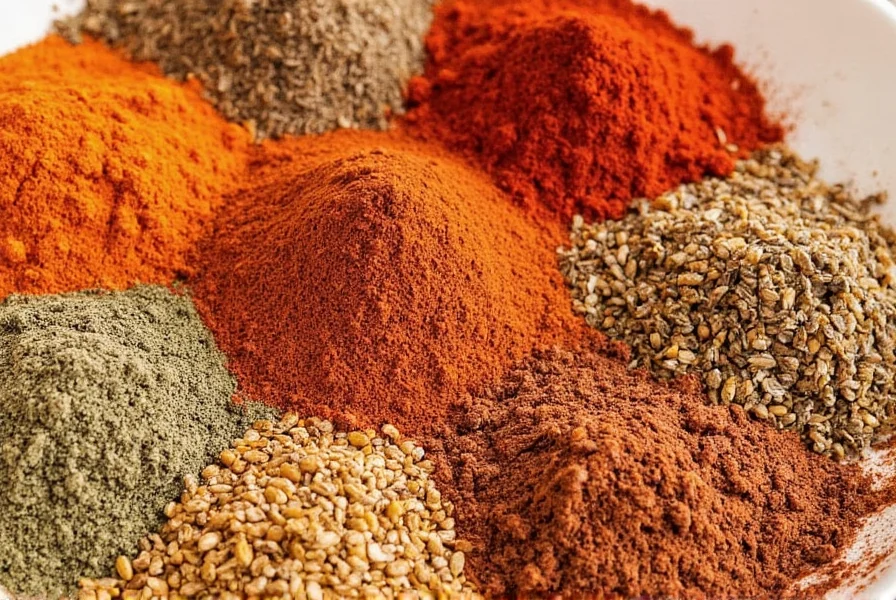Table of Contents
Introduction to Spice Identification by Sight
When cooking, using the right spice is crucial for flavor and texture. But how do you know which spice you're holding? Visual identification is a practical skill that helps you recognize spices by their appearance, color, texture, and form. This guide provides clear, actionable tips to identify spices by sight, ensuring you always choose the correct ingredient for your recipes.
Why Visual Identification Matters
Visual identification of spices offers several key benefits:
- Prevent Mistakes: Many spices look similar (e.g., paprika vs. chili powder), but have very different flavors. Visual cues help avoid costly errors.
- Save Time: Quickly identify spices without reading labels or tasting.
- Assess Freshness: Color and texture changes indicate if a spice has lost potency.
- Build Confidence: For beginners, visual references make spice selection easier and more intuitive.
Key Characteristics of Common Spices
Each spice has unique visual traits. Here's a quick reference:
- Cumin: Small, oblong seeds with ridges; light brown color; earthy aroma
- Turmeric: Bright yellow-orange powder; smooth texture; strong earthy scent
- Cinnamon: Light brown, rolled bark sticks; sweet, warm aroma
- Paprika: Deep red powder; smooth texture; mild sweet flavor
- Chili Powder: Reddish-brown powder; slightly coarse texture; spicy aroma
How to Distinguish Similar Spices
| Spice Pair | Distinguishing Features | Common Mistakes | How to Avoid |
|---|---|---|---|
| Paprika vs. Chili Powder | Paprika: Bright red, smooth texture; Chili Powder: Darker red, slightly coarse, may contain seeds | Using chili powder when recipe calls for paprika (too spicy) | Check texture: Paprika is smoother; look for "sweet paprika" label |
| Cumin vs. Coriander | Cumin: Light brown, oblong seeds; Coriander: Lighter yellow-brown, rounder seeds | Using coriander for cumin (different flavor profile) | Smell test: Cumin has strong earthy smell; coriander is citrusy |
| Curry Powder vs. Turmeric | Curry Powder: Yellow-orange blend with multiple spices; Turmeric: Pure bright yellow powder | Using turmeric for curry powder (missing other flavors) | Check ingredients: Curry powder contains turmeric plus other spices |
Checking Spice Freshness Visually
Spices lose potency over time. Here's how to spot fresh vs. stale spices:
- Color: Vibrant colors indicate freshness (e.g., bright red paprika); dull or faded colors suggest age
- Texture: Fresh spices have consistent texture; clumping or moisture suggests degradation
- Shape: Whole spices should be intact; broken or fragmented pieces may indicate old stock
For example, fresh turmeric powder should be bright yellow-orange, while stale turmeric turns dull brown. Whole cumin seeds should be uniform in size and color; if they look faded or have cracks, they're likely old.
Creating Your Own Spice Visual Reference
Create a personal spice identification guide:
- Take high-quality photos of each spice in different forms (whole, ground, used in dishes)
- Organize them digitally or in a physical binder with notes on flavor, heat level, and best uses
- Include comparison images for similar spices (e.g., paprika vs. chili powder side-by-side)
- Update regularly as you discover new spices or refine your knowledge
Frequently Asked Questions
How can I tell the difference between paprika and chili powder by sight?
Paprika has a bright, uniform red color with smooth texture, while chili powder is darker red with slightly coarse texture and may contain visible seed particles. Always check labels for "sweet paprika" to confirm.
What visual signs indicate a spice has gone bad?
Look for faded color (e.g., dull brown instead of bright yellow for turmeric), clumping due to moisture, or broken pieces in whole spices. Fresh spices should have vibrant colors and consistent texture.
Why is visual identification better than just reading labels?
Labels can be missing, damaged, or mislabeled. Visual identification gives you immediate, reliable information regardless of packaging. It's especially useful when spices are stored in unlabeled containers or when you're cooking in a hurry.
Can visual identification help with spice freshness?
Absolutely. Fresh spices have vibrant colors and consistent texture, while stale spices appear dull, faded, or clumped. For example, fresh cumin seeds should be uniform in size and color, while old cumin looks faded and may have cracks.
What's the best way to store spices to maintain their visual characteristics?
Store spices in airtight containers away from light, heat, and moisture. This preserves their color, texture, and overall appearance. Clear glass containers work well for visual inspection while maintaining freshness.
How do professional chefs use visual spice identification?
Chefs often create visual reference guides for their kitchen, with high-quality photos of each spice in different forms. They use these references to quickly identify ingredients during busy service times, ensuring consistent flavor profiles in dishes.
Conclusion
Mastering visual spice identification transforms your cooking experience. By learning to recognize spices by sight, you'll avoid common mistakes, save time in the kitchen, and ensure your dishes always have the perfect flavor profile. Start building your own visual reference today - it's the simplest way to become a more confident and skilled cook.












 浙公网安备
33010002000092号
浙公网安备
33010002000092号 浙B2-20120091-4
浙B2-20120091-4